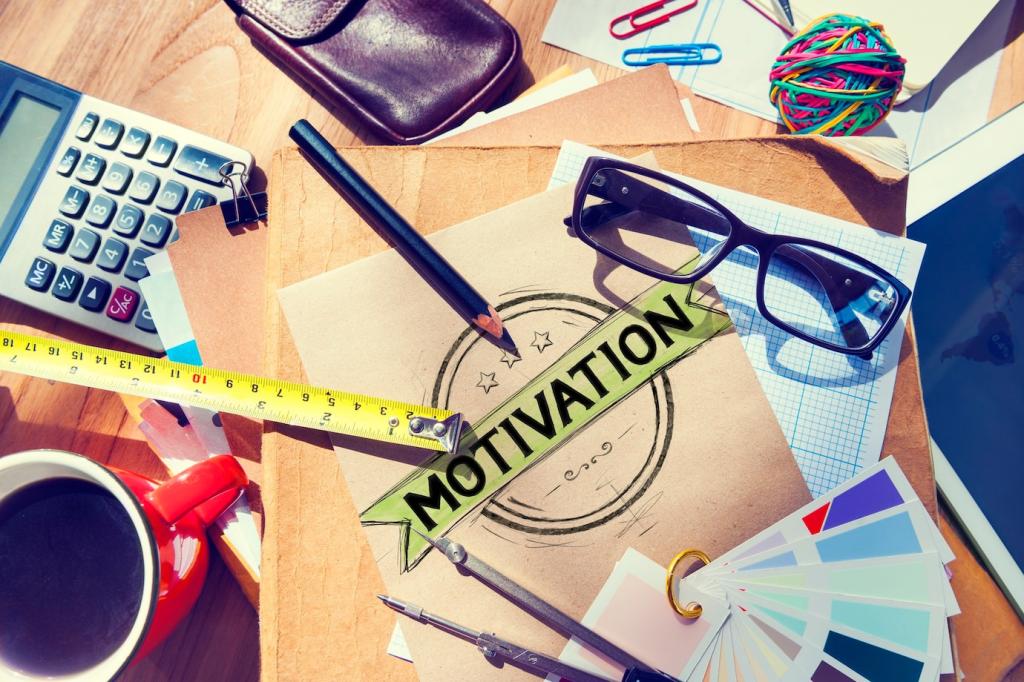Soundscapes, Acoustics, and Focus Cues
Try soft background noise, instrumentals, or nature sounds to mask distractions. If you share space, noise-canceling headphones with a visible “focus” status light politely signal that you are in deep work mode.
Soundscapes, Acoustics, and Focus Cues
Add a rug, curtains, and a fabric pinboard to reduce echo and harshness. Small acoustic fixes make calls clearer and keep your voice relaxed, which matters during long meetings or creative workshops.



